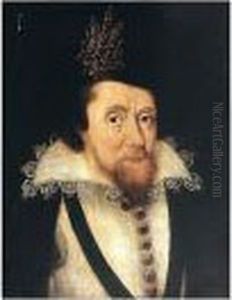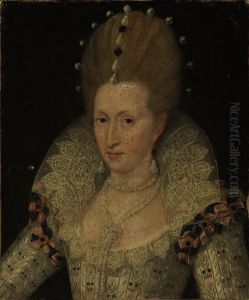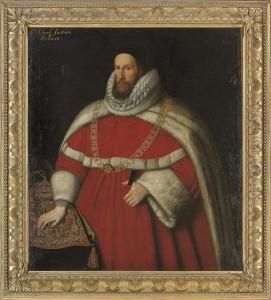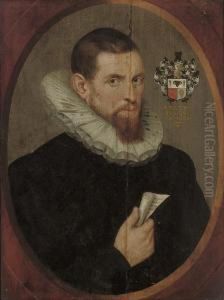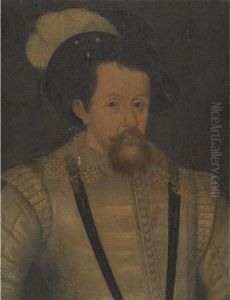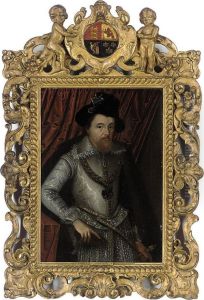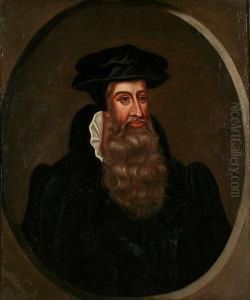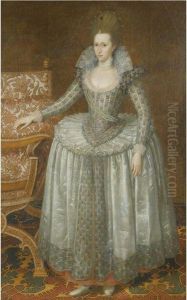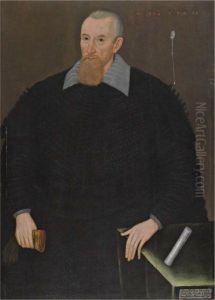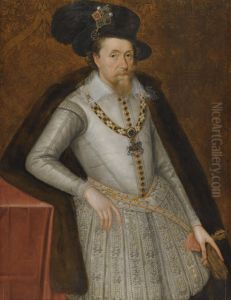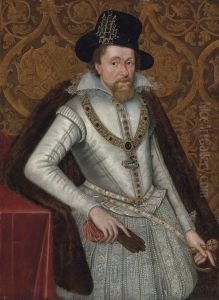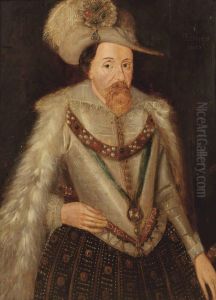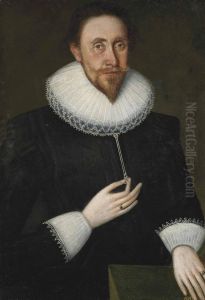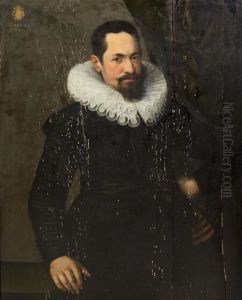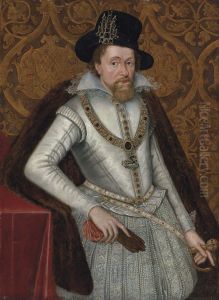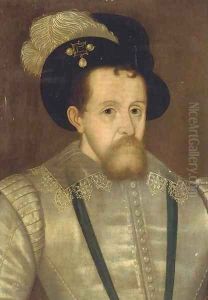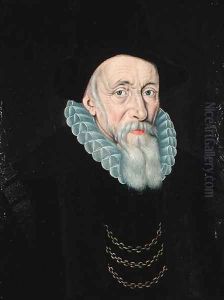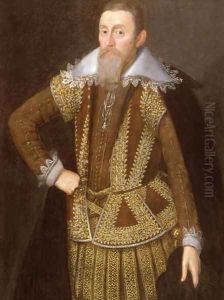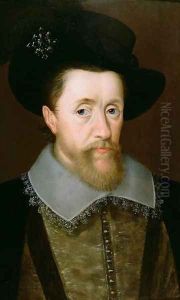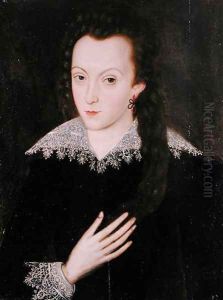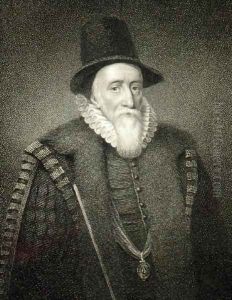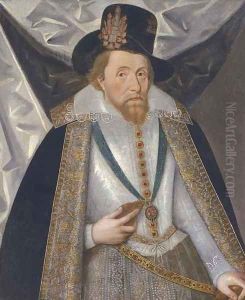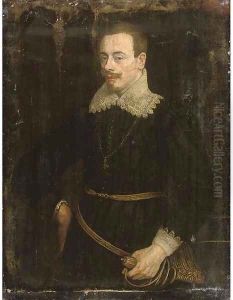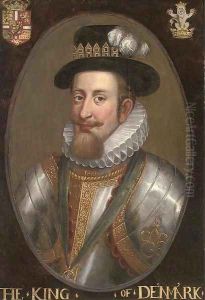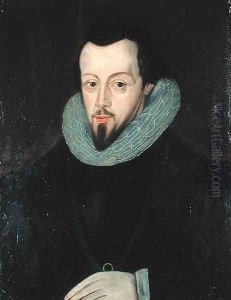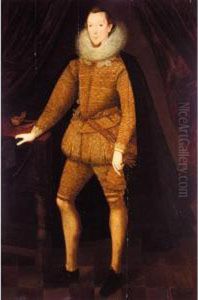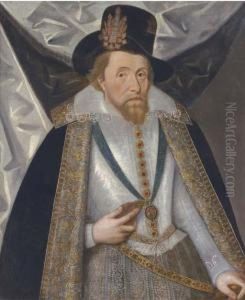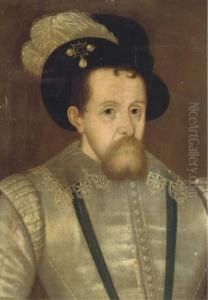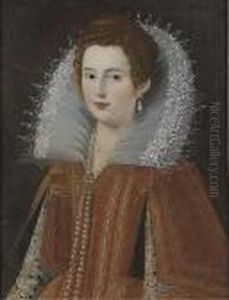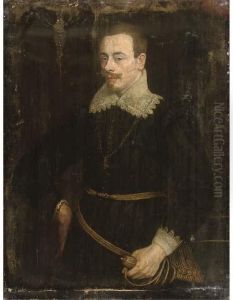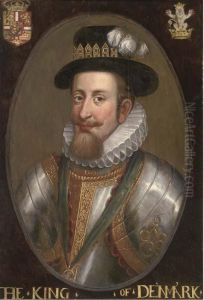John de Critz Paintings
John de Critz was a Flemish painter who became one of the leading court painters in England. He was born around 1551 or 1552 in Antwerp, in the Habsburg Netherlands (present-day Belgium). De Critz's family moved to England during his early life in response to religious persecution, as they were likely Protestant refugees fleeing the Catholic-dominated region.
De Critz established himself in England and is believed to have trained under Lucas de Heere, another Flemish émigré. His career flourished when he secured the patronage of the English court. In 1603, he was appointed 'Serjeant Painter' to James I, a position that he shared with another artist, Robert Peake the Elder. This role involved the maintenance and production of paintings for the royal palaces and the creation of portraits of the monarch and his family.
Throughout his career, John de Critz painted many members of the royal family and the aristocracy. Notably, he created portraits of James I and his son, Prince Henry Frederick. His works are characterized by their meticulous detail and use of rich colors. However, despite the importance of his position, de Critz's style was somewhat conservative for the time, and he was eventually overshadowed by younger, more innovative artists like Anthony van Dyck, who brought the influence of the Baroque style to the English court.
De Critz's legacy includes several significant portraits that provide a visual record of the English monarchy and nobility during the late Tudor and early Stuart periods. His work can be found in various collections, including those of the National Portrait Gallery in London. He continued to serve as Serjeant Painter under Charles I until his death in 1642. De Critz's sons, John and Thomas, also became painters, although neither achieved the same level of prominence as their father.
